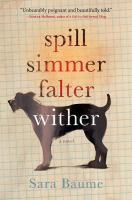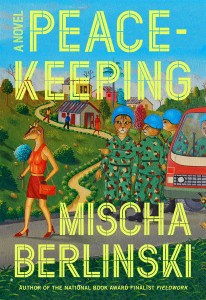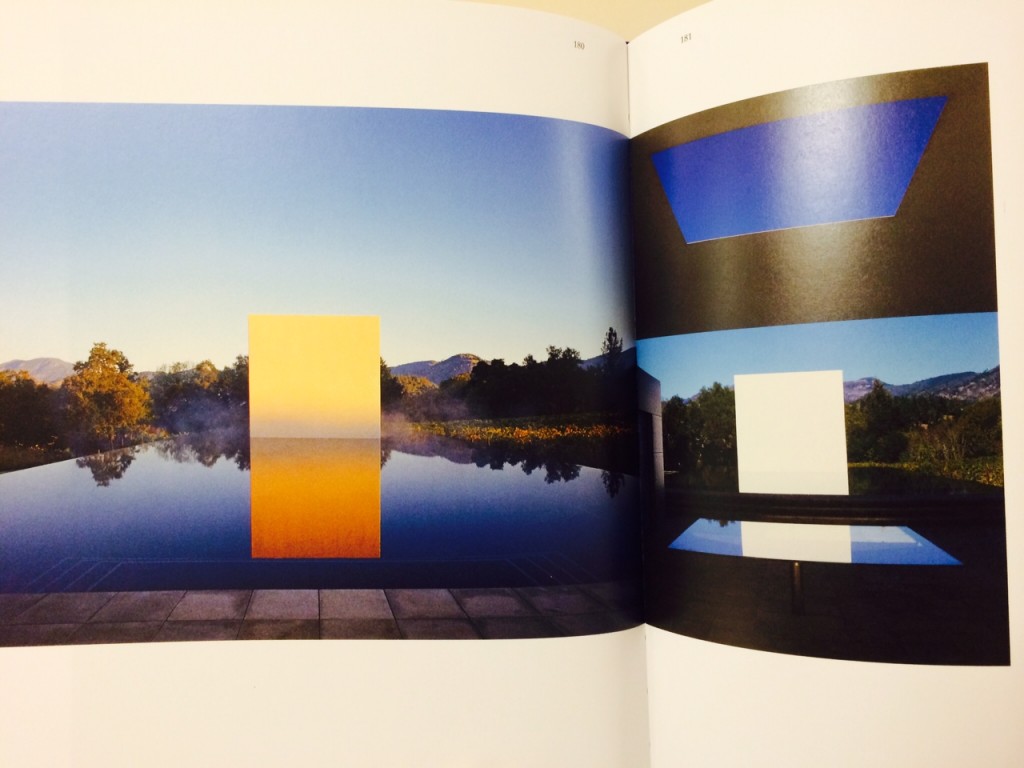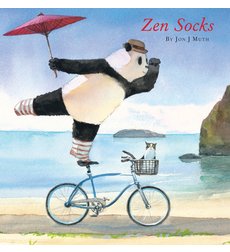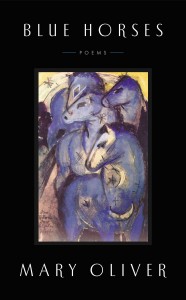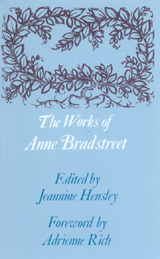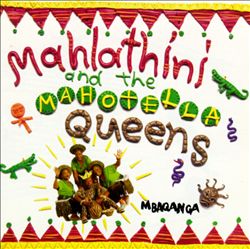Staff Picks for a New Year
posted: , by Elizabethtags: Library Collections | Recommended Reads | Adults | Teens | Seniors | Art & Culture
In the poem “Burning the Old Year,” poet Naomi Shihab Nye muses as she gets rid of some old letters: “Only the things I didn’t do/crackle after the blazing dies.” It’s that time again: at the beginning of the new year, we assess. We take stock. We remember old goals and renew them. We break trail, inspired to take on new tasks and ways of being in the world. Our staff picks in January offer a look at a few library resources and books that celebrate new beginnings and growth.
Staff Picks: Online Resources
Sonya’s Pick
Create the life you have always wanted and start your own business! You’ll need to write a business plan as your roadmap and to show to potential funders. A great way to get started in writing a business plan is to look at samples of business plans from existing successful organizations…and PPL has you covered. The Small Business Resource Center provides thousands of in-depth business plans for a variety of industries. See our Business page for other helpful resources, and let our Business Librarian know if you need assistance.
Staff Picks: Nonfiction
Hazel’s Pick
B ird by Bird, by Anne Lamott
ird by Bird, by Anne Lamott
“When people shine a little light on their monster, we find out how similar most of our monsters are. The secrecy, the obfuscation, the fact that these monsters can only be hinted at, gives us the sense that they must be very bad indeed. But when people let their monsters out for a little onstage interview, it turns out that we’ve all done or thought the same things, that this is our lot, our condition. We don’t end up with a brand on our forehead. Instead, we compare notes.” –Anne Lamott, Bird by Bird
I don’t usually make resolutions in January (I’m still stuck in an academic calendar mindset where the new year begins in September), but this year felt different. I closed the door on 2015 with both heart and mind focused on the pursuit of writing to which, despite identifying as a writer for the better part of my life, I have devoted little energy in recent years. I spent New Year’s Day reading Anne Lamott’s celebrated manual/pep-talk hybrid and gearing up for a long overdue return to the writing life.
Eileen’s Pick
In late 1989, before the days of cell phones and GPS, never mind smart phones that do everything, we two country folk moved to the great State o’ Maine with no jobs and these pooled resources: one graduate degree (his), two cats (ours), and a dogged determination to be shed of Boston (mine). NH had been home before our stint in Boston, but employment would more likely be found around Portland. Enter The Maine Atlas and Gazetteer, the Delorme bible that would ease me into our chosen Promised Land after having not driven EVER, ANYWHERE for three and a half years. From the big picture to city streets and gravel roads, it had it all and showed the way to job interviews and the laundromat. Even better, it brought me home again every time. I am happy to say that our New Beginning worked out just fine. I still consult my Maine Atlas, albeit a newer edition, in lieu of more modern contrivances. It always gets me home, where my heart is.
Elizabeth’s Pick
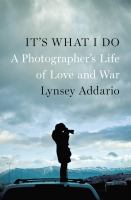 It’s What I Do: A Photographer’s Life of Love and War, by Lynsey Addario
It’s What I Do: A Photographer’s Life of Love and War, by Lynsey Addario
Lynsey Addario’s memoir is a straightforward, perceptive, and harrowing account of her work as a war photographer in the 21st century. It’s also a vivid portrait of the world in conflict and of the lives of others. In It’s What I Do, Addario is a thoughtful recorder of the harsh realities and complex experiences of journalists, the many different people they write about, photograph, film, and record, and all those who help the media along the way and who are put at risk. Recounting her experiences in Afghanistan, Iraq, Darfur, the Congo, and Libya, Addario writes about lives changed, damaged, and lost. She writes about compassion, fear, hospitality, censorship, courage, love, and “the privilege of witnessing things that others do not; an idealistic belief that a photograph might affect people’s souls.” How does her account of her life and the lives of others help me grow? It does make me want to pick up my camera (though here in Maine and elsewhere, I’ll only ever be taking pictures of friends and family). More complexly, her work urges me to continue to grow towards care, towards thoughtfulness, and towards always learning, questioning, and paying attention.

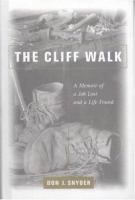
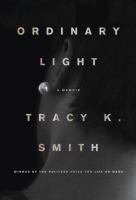

Here are some other ideas for nonfiction titles at PPL that explore different themes of growth and new beginnings:
- The Cliff Walk: A Memoir of a Job Lost and a Life Found, by Don J. Snyder
- Becoming Nicole: The Transformation of an American Family, by Amy Ellis Nutt
- Ordinary Light: A Memoir, by Tracy K. Smith
- I Just Graduated…Now What? Honest Answers from Those Who Have Been There, by Katherine Schwarzenegger
- Eating Wildly: Foraging for Life, Love, and the Perfect Meal, by Ava Chin
- When I First Held You: 22 Critically Acclaimed Writers Talk About the Triumphs, Challenges, and Transformative Experience of Fatherhood
- Big Magic: Creative Living Beyond Fear, by Elizabeth Gilbert
- Trespassing on Einstein’s Lawn: A Father, A Daughter, The Meaning of Nothing, and the Beginning of Everything, by Amanda Gefter
- Out of the Woods: A Memoir of Wayfinding, by Lynn Darling
- My Twice-Lived Life: A Memoir, by Donald M. Murray
And there’s always…Rainer Maria Rilke’s poem, “Archaic Torso of Apollo,” which is a marble-writ glow of a reminder: “You must change your life.”
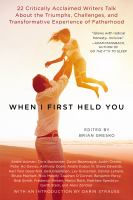

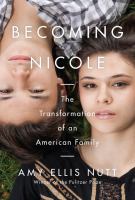

Staff Picks: The First Folio
- Maybe you’ve heard that a copy of William Shakespeare’s First Folio will be on display at Portland Public Library this March, and your goal for growth in 2016 is to embrace The Bard? We’re happy to help you with this resolution! Check out this link to all our First Folio programming in March.
Ellen’s Pick
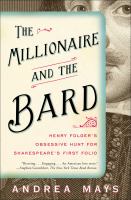
The Millionaire and the Bard: Henry Folger’s Obsessive Hunt for Shakespeare’s First Folio, by Andrea E. Mays
This book is a perfect prelude to the First Folio event at PPL that will dominate conversation in the Portland cultural community for the month of March. The first chapters focus on the fascinating history behind the creation and publication of the First Folio. Later chapters flesh out the story of Henry Folger’s mania for finding and collecting these prized documents. Mays presents a compelling and accessible tale, and one that provides an excellent context for the First Folio’s anticipated visit to Portland and its only visit to Maine.
Staff Picks: Fiction
Brandie’s Pick

The 40 Rules of Love, by Elif Şafak
I recently listened to and was inspired by a Ted Talk with Ann Morgan. She considered herself well-read until she discovered the “massive blind spot” on her bookshelf. Like Ann, I thought I read diversely, but I wasn’t stepping outside of my comfort zone (for me that’s mostly English and Spanish speaking countries). Ann created a goal for herself: to read one book from every country in the world over the course of a year. I don’t have time for that, but I have decided to read 12 books from 12 countries that I don’t normally visit. I have asked friends to join in on the challenge: we’ll meet once a month to discuss the books we read. This month we’re reading The 40 Rules of Love by Elif Şafak, a French born Turkish writer. The novel consists of two parallel narratives. The contemporary one is about an unhappily married Jewish housewife in Massachusetts. The second narrative is “Sweet Blasphemy,” about a wandering dervish and Rumi, the poet. It’s interesting to see how these worlds intersect, and it makes me look forward to reading my way around the world this year. Our next book is set in Iceland: Stone Tree by Gyrðir Elíasson.
Thaddeus’ Pick

The Gathering Storm, by Brandon Sanderson (for Robert Jordan)
The Gathering Storm turned me into a writer. Back in 2009 when the book was published, I was living in Massachusetts and had the privilege to meet Sanderson at a book signing, where I asked him about the writing process and how he managed to write such rich and engrossing fantasy universes while still managing to have a life. His advice was simple: “If you have a story to tell, then tell it. If you have a universe to share, then share it. If you write just three pages a day — just three a day, even skipping some weekends — you’ll have a book in 6 months.” Well, it took me almost 4 years, but my first fantasy novel was done, and I’ve continued to grow as a writer since! All thanks to Sanderson and The Gathering Storm.
New Fiction in 2016




Last but not least…here’s a list of some of the library’s most anticipated new fiction titles for the beginning of 2016 (some not yet published): place your holds now!
